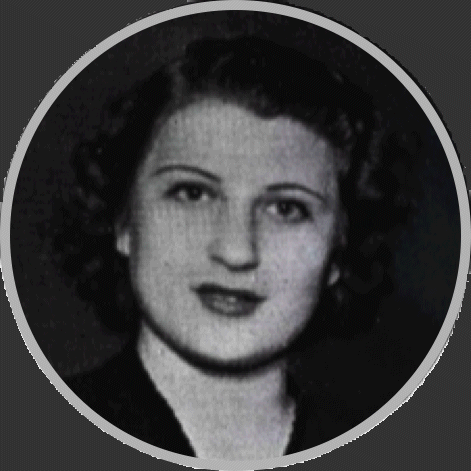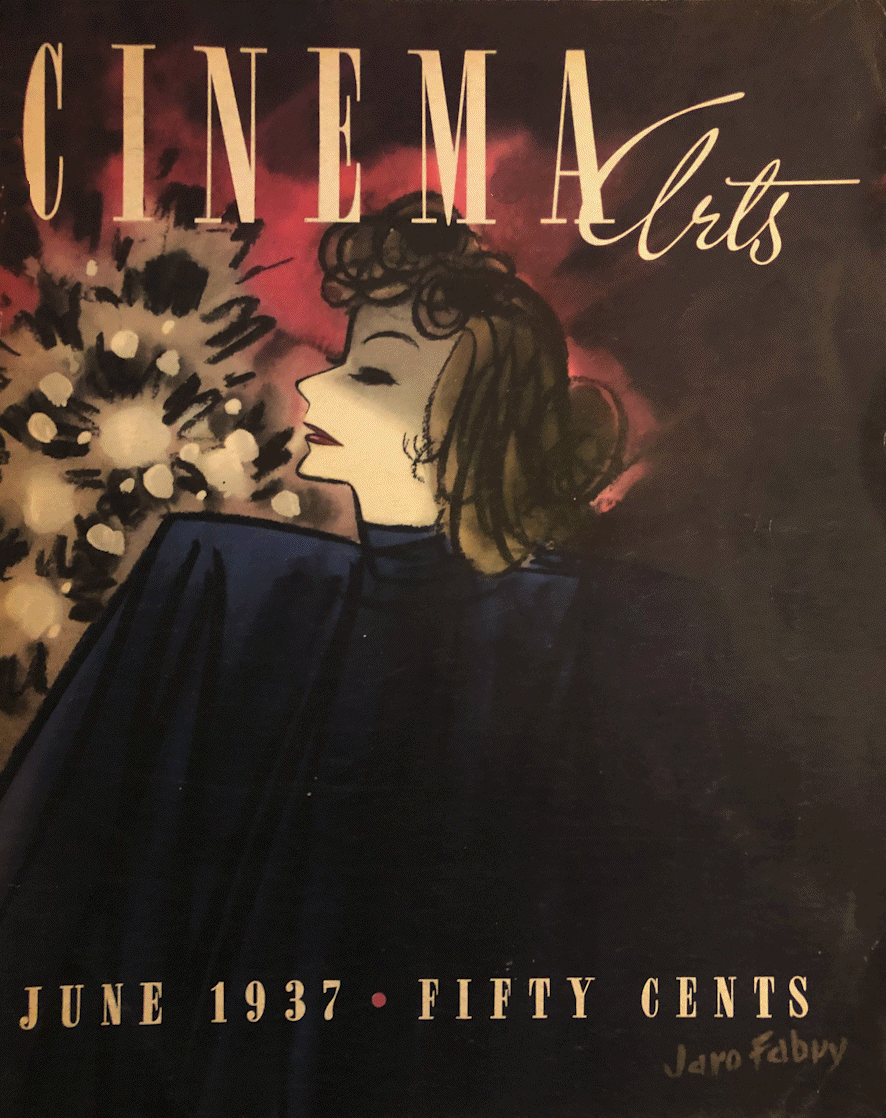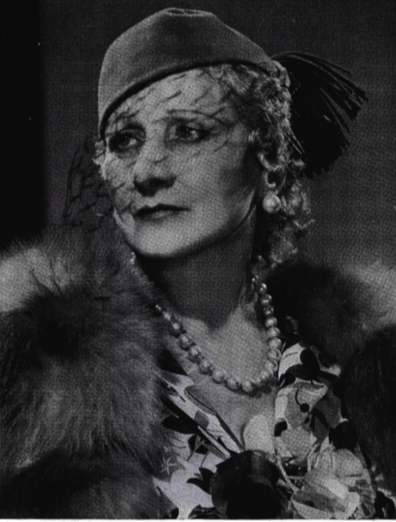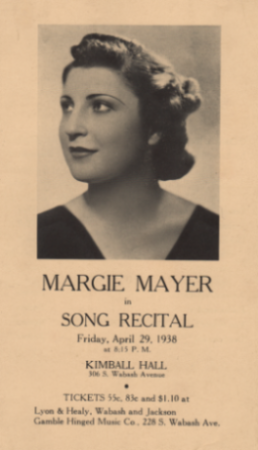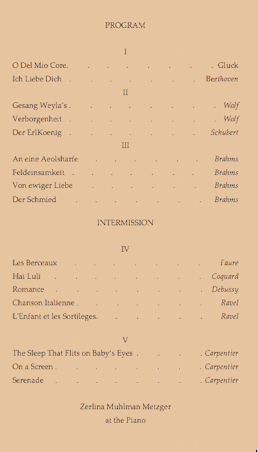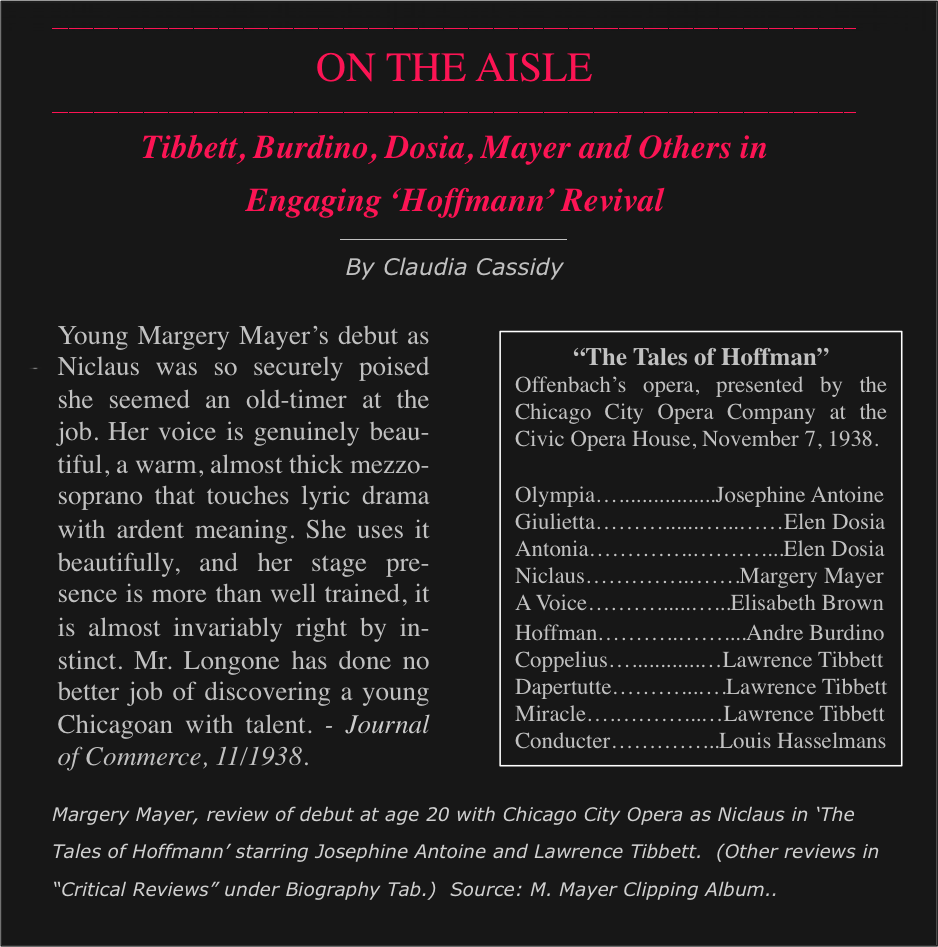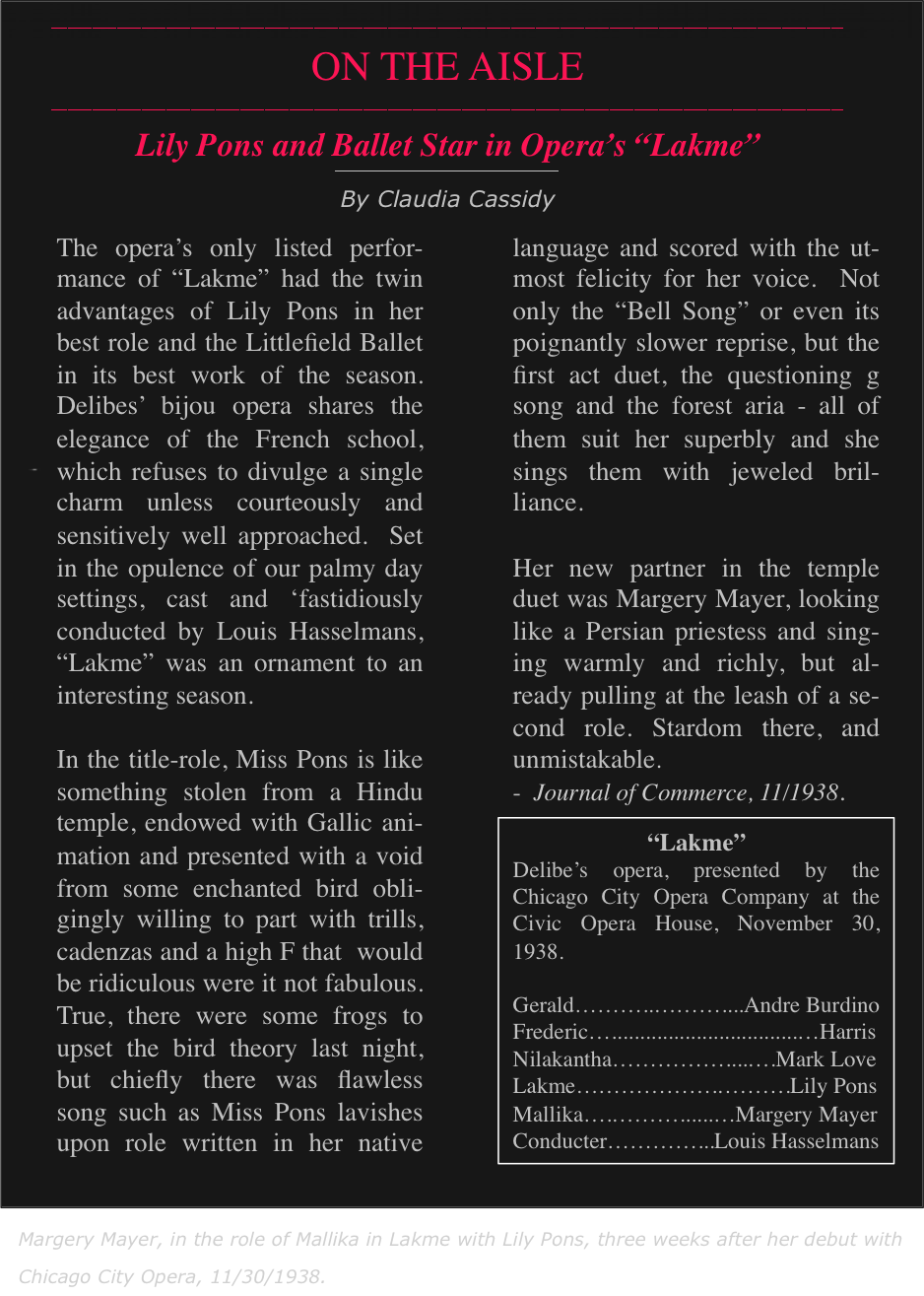“Marguerite Caroline Louise Mayer,” called “Margie,” as she grew up in Chicago with her parents and older sister Ethel during the heart of the depression. Her father, Gottlieb, was a pianist and accordion player who performed in movie houses for silent films and on Lake Michigan cruise boats, and her mother, Lillian, was a seamstress who served affluent clients on Chicago’s North Side. Her parent’s attempt to stimulate Margie’s innate musicality with piano lessons was met with increased resistance, but then a chance encounter with her high school music teacher revealed an inner personal desire to perform when Margie asked: “Do you think you could teach me to sing!”
Thus began vocal studies with the famed Viennese-born voice teacher and children’s opera director, Zerlina Muhlman Metzger. Mme. Metzger found that Margie had a large sound that was constrained in range, but within two years of vocalises designed to unfold and expand range, the real potential of the voice’s quality began to emerge.
Margie had advanced sufficiently in technique and study of art songs and language to be able to win the very first singing contest she entered. This enabled continued vocal training with Mme Metzger who further elongated and refined her range while coaching her in more advanced operatic and art song literature. Additional contest wins and performances subsidized attendance at the American Conservatory of Music in Chicago, where she studied sight-reading, harmony and music theory with reknowned chair of the Conservatory’s Theory and Composition Department, Leo Sowerby (a winner of the “Priz de Rome” and the “Pulitzer Prize in Music”).
As word spread around the conservatory of this uncommonly deep and mature voiced talent, the young Miss Mayer caught the attention of the renowned operatic legend, Mary Garden, then a talent scout for Metro-Goldwin-Mayer. First summoned for a private audition, Mme Garden then arranged for Miss Mayer to sing for Louis B. Mayer (no relation) during a cross-country stop-off in Chicago, who offered her a four-month contract with MGM studios in the spring of 1937.
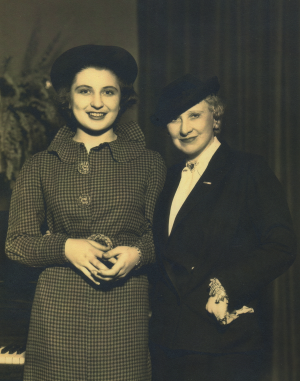
Margery with Mary Garden at time of contract signing with MGM.
“Margie” was professionally called “Margaret Mayer” during her Hollywood period.
Given assurances that she would be properly cared for, Margie’s understandably apprehensive parents acquiesced for a very naive Margie to board the train from Chicago to Hollywood. There she was met by Mme Garden’s chauffeur at the train station, and despite being terribly homesick, under the close personal supervision of Mme Garden, Margie received vocal and acting lessons by several top MGM coaches. She gained in poise and confidence performing on multiple occasions at studio sponsored events including at the Victor Hugo Club and at the 9th Academy Awards dinner at the Biltmore Hotel with Judy Garland and other MGM entertainers.
Her screen tests confirmed her outstanding singing talents but, unfortunately, also revealed
some screen shyness and close up camera magnifying weight. As a result, MGM studios offered her off-screen
voice-over singing roles, and as she later recalled, this was the moment when she realized that singing to a camera was not her real passion. Having previously experienced the grand stage in Chicago when she would volunteer as an unpaid supernumerary, Margie realized then that her passionate desire was to sing and communicate with an audience over the footlights of an opera stage. Her vocal studies with Mme Metzger and ear training with “Dr. Leo”, stage presence and confidence cultivation with Mme Garden (a great operatic actor) had evolved her from high school student with a loud voice to a burgeoning, versatile, and quick-study as a singer and a good ear for foreign languages.
Writing an article on discovering talent in the premiere June 1937 issue of Cinema Arts magazine Mary Garden stated: “Almost every day, in my studio in Hollywood. I listen to ten or twelve new voices, prospects in this hunt for future greatness. Already we have had our reward. Margaret Mayer of Chicago is one of our finds. Possessed of a beautiful mezzo-soprano voice, she has been described as ‘Mary Garden’s protégé.’ This is not correct. If she turns out to be the great singer we all hope for, I would rather have it said that she is ‘Mary Garden’s contribution’ to the perpetuation of music and all that it represents in the lives of our people.”
Mary Garden soon returned to Paris and offered Margery the opportunity to join her there and continue her training
abroad. But Margie followed her instinct to returned to Chicago instead where she embarked on serious preparation for the operatic stage. She resumed intensive study with Mme Metzger and within less than a year she had the opportunity to appear on radio singing with a live studio orchestra. Within a short time she was asked to join more experienced singers from Chicago Opera in a dozen one hour broadcasts of operas performed in English. Margie’s first big break came in being broadcast coast to coast over radio on the program “Pageant of Melody,” with studio orchestra conductor Henry Weber, singing title roles in “Carmen” and “Samson and Delilah” and as “Ortrud” in Lohengrin.
The sensation created by the radio appearances prompted the Chicago Opera Artistic Director, Paul Longone, to offer the 20-year old Mayer a contract for the upcoming 1938-39 season. Prepared and accompanied by Mme Metzger, in the spring of 1938 she also presented an enthusiastically received début recital (see program below) and was then hired as featured soloist with W-G-N Radio singing opera and classical programs with orchestra.
At age 20, Miss Mayer débuted with the Chicago Opera Company as Niclaus in Tales of Hoffman in which famed Lawrence Tibbett played all three male roles. That same debut season, Margery appeared in Lakme (Lily Pons), Romeo and Juliet, Die Walküre (Manski, Kipnis), Hänsel and Gretel” and L’Amore Del Tre Re, and early in 1939 was signed to perform in the popular radio program, Hymns of All Churches.
At age 21, Miss Mayer continued performing on radio programs; as soloist with the NBC Symphony Orchestra in Grant Park; and with the Chicago Opera Company, during which period she was sometimes affectionately called “the baby of the Chicago Opera”. From her debut in 1938 to 1945, by which time she was singing leading roles (Carmen, Il Trovatore and Aida), Miss Mayer had the opportunities to appear with and learn the operatic craft from many of the renowned leading singers of the period. These included Grace Moore (Louise, Faust, Tosca), Lily Pons (Lakme) Kirsten Flagstad (Die Walküre), Giovanni Martinelli (Otello, Tosca), Leonard Warren (Il Trovatore), Lawrence Tibbett (Tales of Hoffmann, Rigoletto), Igor Kipnis (Faust) and Ezio Pinza (Faust).
By age 23, she auditioned for the Metropolitan Opera and the next year toured the east and mid-west with the San Carlo Opera singing many roles including Aida, Carmen, Faust, and Il Trovatore.
image sources
- Margery with Mary Garden: Source: MGM Publicity Photo
- Mary Garden in Hollywood: Owned by the author
- Margery Mayer with Dennis Morgan and Judy Garland at 1936 Oscars (3-4-1937): Weaver L.A. (Los Angeles, CA) photographer.
